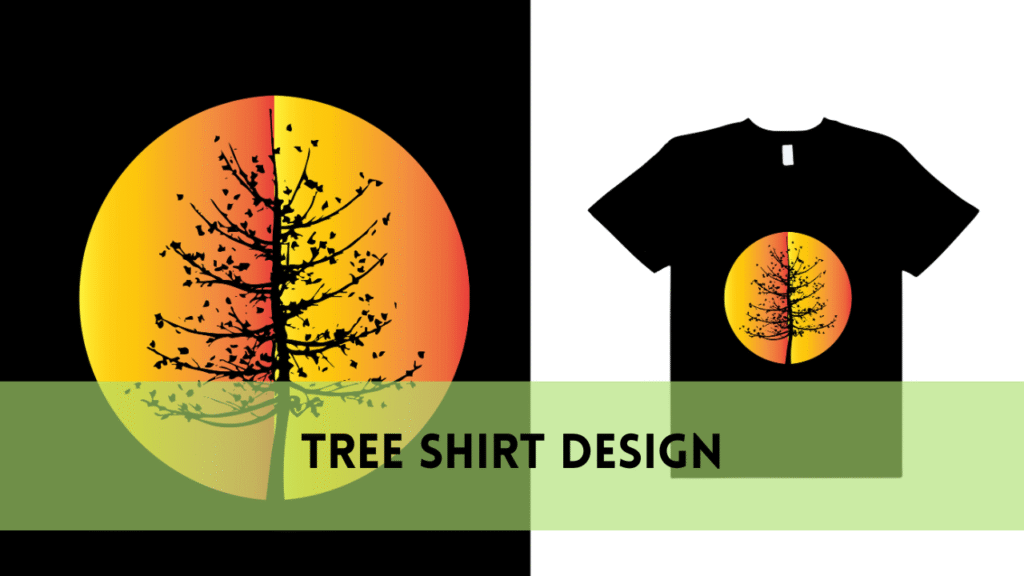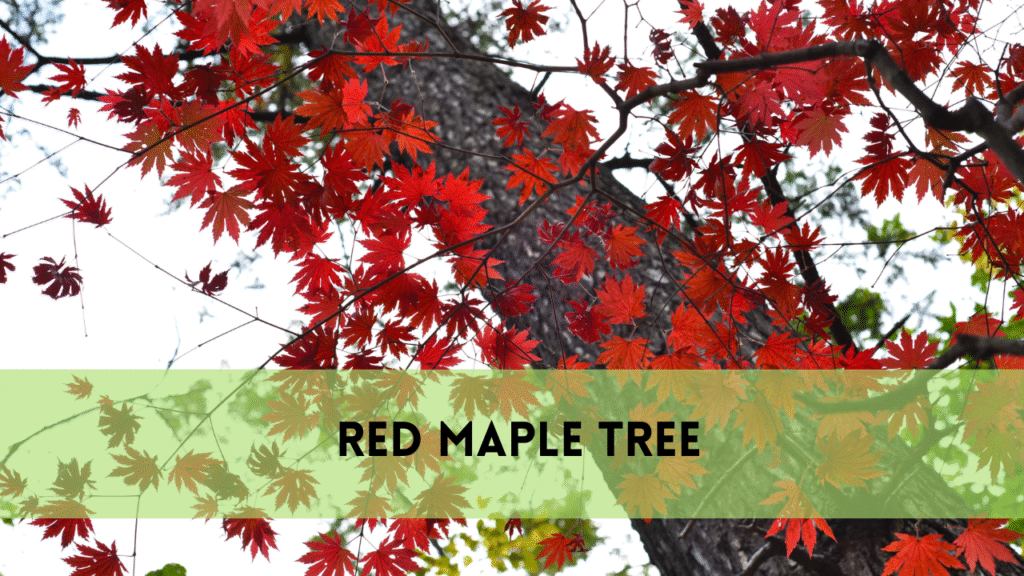Having a dead tree in your yard is something other than a blemish; it’s a potential risk in the works. We’ve all heard the deep rooted saying, “When a tree falls in a backwoods and nobody is around to hear it, does it utter a sound?” All things considered, when a dead tree falls in your yard, it’s more similar to, “When a dead tree falls in your yard, it can make all in all a wreck and pose serious dangers!”
Dead trees are not only a characteristic piece of the pattern of life in your yard; they are an issue that requests consideration. While the facts really confirm that dead trees can give natural surroundings to untamed life and add a provincial appeal to your scene, they likewise accompany a large group of issues that should be tended to instantly. Dead trees can be flighty.
At the point when a dead appendage or the whole tree comes crashing down, it can critically harm property, vehicles, and even individuals. Guaranteeing the wellbeing of your family and neighbors is a main concern. Learn what to do with a dead tree in your yard?
Dead Tree in Your Yard
Distinguishing Indications of a Dead Tree
Absence of Leaves in the Developing Season: One of the clearest indications of a dead tree is the shortfall of leaves during the developing season. While deciduous trees normally shed their leaves in the fall, they ought to regrow in the spring. On the off chance that a tree stays uncovered all the way into the spring and summer, it’s possibly dead.
Bark Tumbling Off or Stripping: Solid trees keep up with their bark, which fills in as a defensive layer. On the off chance that you notice enormous segments of bark tumbling off or the bark stripping ceaselessly effectively, it’s an indication of decline or passing.
Presence of Growths or Irritations: Dead or rotting wood frequently draws in growths, molds, and irritations. Search for mushrooms or parasitic development at the foundation of the tree or on the storage compartment. Moreover, watch for indications of wood-drilling bugs like openings, sawdust, or leave burrows.
Fragile or Powerless Branches: Dead branches become fragile and feeble, making them inclined to breaking, particularly during storms areas of strength for or. On the off chance that you can snap off little branches absent a lot of exertion, the tree might be dead.
Security Contemplations
Fall Perils: Dead trees are bound to drop branches or overturn completely. Falling appendages or trees can make serious wounds to individuals, pets, or harm to property.
Primary Harm: Dead trees can harm close by structures like houses, walls, or utility lines assuming they fall. Survey the nearness of the tree to these designs and assess the gamble.
Bother Spread: Dead trees can become favorable places for nuisances and sicknesses that might influence different trees in your yard. Tending to the dead tree immediately can forestall the spread of these issues.
Liability: On the off chance that a dead tree on your property hurts another person or their property, you might be expected to take responsibility for the harm. Guaranteeing the wellbeing of your yard isn’t simply a question of mindful homeownership; it’s a lawful commitment in numerous areas.
Why Eliminate a Dead Tree?
Chance of Falling Branches or Trees: Dead trees are unsteady, and their branches or even the whole tree can fall suddenly. This represents a critical gamble to individuals, pets, and property.
Property Harm: Falling branches or trees can cause extreme harm to structures, vehicles, walls, and different designs in your yard. The expense of fixes or substitution can be significant.
Individual Wellbeing: Dead trees can be a wellbeing danger for any individual who invests energy in your yard, for example, kids playing or neighbors cruising by. Falling branches can bring about wounds or more terrible.
Tasteful and Property Estimation Concerns
Control Allure: Dead trees are unattractive and can diminish the general style of your property. They make your yard look dismissed and unkempt.
Property Estimation: A dead tree can decrease the worth of your home. In the event that you’re thinking about selling your property later on, potential purchasers might be put off by the presence of a dead or unsafe tree.
Environmental Effects
Bug and Illness Spread: Dead trees are magnets for irritations and illnesses. Leaving a dead tree in your yard can prompt the spread of these issues to local solid trees, affecting your whole scene.
Disintegration and Soil Wellbeing: As dead trees disintegrate, they can exhaust the dirt of fundamental supplements, adversely influencing the wellbeing of different plants in your yard.
Untamed life Environment: While dead trees can give living space to some natural life, they can likewise hold onto nuisances and illnesses unsafe to neighborhood biological systems. Finding some kind of harmony between untamed life protection and mindful yard management is fundamental.

Advantages and disadvantages of Do-It-Yourself Tree Evacuation
Cost Investment funds: One of the main benefits of Do-It-Yourself tree expulsion is cost reserve funds. You will not need to pay for proficient administrations, which can be costly.
Command Over the Cycle: Doing it without anyone else’s help gives you unlimited authority over the evacuation interaction. You can work at your own speed and pursue choices as you go.
Opportunity for growth: Do-It-Yourself tree evacuation can be an important growth opportunity. You can acquire information about tree care, cutting methods, and security safeguards.
Dangers: Tree expulsion can be incredibly risky, particularly for those without the important experience and hardware. There’s a higher gamble of mishaps, wounds, or property harm.
Restricted Gear: DIYers might not approach the particular hardware and instruments required for protected and productive tree evacuation. This can make the work really testing and tedious.
Absence of Ability: Distinguishing the right slices to make and dealing with the weight circulation of falling appendages or the actual tree can be complicated. Without skill, you may unintentionally cause more harm or neglect to totally eliminate the tree.
Advantages of Recruiting a Confirmed Arborist or Tree Evacuation Administration
Security Mastery: Proficient arborists and tree expulsion administrations are prepared and experienced in safe tree evacuation strategies. They focus on wellbeing for you, your property, and themselves.
Specific Gear: Experts approach specific gear like cranes, trimming tools, and stump processors. This gear guarantees proficient and safe evacuation.
Protection Inclusion: Respectable tree evacuation organizations convey protection, giving assurance in the event of mishaps or harm during the expulsion cycle.
Efficiency: Experts can follow through with the task rapidly and effectively, limiting disturbance to your day to day existence.
Cost: Recruiting experts accompanies an expense, which can be higher than the costs related with a Do-It-Yourself approach.
Loss of Control: You might have less command over the interaction when experts are involved. They keep industry guidelines and wellbeing conventions, which may not line up with your inclinations.
Scheduling: Contingent upon the accessibility of tree expulsion administrations, you might need to sit tight for them to squeeze your occupation into their timetable.
What to Do with a Dead Tree in Your Yard?
Before you begin chopping down the tree, check with your nearby region or arborist to decide whether you want any grants for tree evacuation. A few regions have guidelines set up to safeguard specific tree species or require grants for the evacuation of huge trees. Rebelliousness can bring about fines, so it’s fundamental to know about the principles in your space.
Gathering the Right Devices and Gear
Chainsaw: A trimming tool is fundamental for slicing through the tree trunk and branches. Ensure it’s in great working condition and appropriately kept up with.
Security Stuff: Wear fitting wellbeing gear, including a hard cap, eye insurance, hearing security, and trimming tool chaps to safeguard against injury.
Stepping stools and Climbing Stuff: Contingent upon the tree’s size, you might require a stepping stool or climbing stuff to get to higher branches.
Ropes and Gear Hardware: Ropes and apparatus gear are important for controlling the course of the tree’s fall and bringing down branches securely.
Emergency treatment Unit: Have an emergency treatment pack close by if there should be an occurrence of minor wounds.
Wellbeing Insurances and Individual Defensive Stuff
Hard Cap: Shields your head from falling branches and flotsam and jetsam.
Eye Insurance: Keeps sawdust and garbage from getting at you.
Hearing Security: Trimming tools can be clear, and delayed openness can harm your hearing.
Trimming tool Chaps: These specific jeans shield your legs from trimming tool cuts.
Tough Footwear: Wear steel-toed boots with great footing for solidness.
Chopping Down the Tree in Segments
Evaluate the Bearing of Fall: Decide the normal incline of the tree and plan the course wherein it ought to fall. Guarantee there’s sufficient leeway for it to fall without hitting structures, different trees, or individuals.
Make a Score Cut: Start with an indent cut on the tree confronting the ideal fall bearing. This cut ought to be at a slight vertical point, making a score.
Make the Felling Cut: On the contrary side of the tree, somewhat over the lower part of the score cut, make the felling cut. This cut ought to meet the score cut, making the tree fall in the ideal course.
Cutting the Tree into Areas: When the tree is on the ground, cut it into sensible areas. Begin with the branches and work your direction down the storage compartment.
Stump Evacuation Choices
Stump Crushing: This is the most widely recognized technique for eliminating stumps. A stump processor is utilized to crush the stump subterranean level.
Stump Expulsion the hard way: On the off chance that the stump is little, you can endeavor to eliminate it by digging around the roots and cutting them with a hatchet or saw.
Legitimate Removal of Tree Trash
Branches and Appendages: These can frequently be chipped into mulch or cut into kindling for reuse or reusing.
Tree Trunk: The storage compartment can be cut into areas for kindling or reused into stumble.
Stump: In the event that you’ve ground the stump, the wood chips can be utilized as mulch in your nursery.
Reusing
When you’ve effectively taken out the dead tree from your yard, it’s fundamental to consider how you can capitalize on the wood and limit squander.
Kindling: Assuming the tree’s wood is appropriate for consuming, cut it into sensible lengths, split it, and season it appropriately. This will give you an important wellspring of kindling for your chimney or wood-consuming oven.
Do-It-Yourself Ventures: Dead tree wood can be utilized for an assortment of Do-It-Yourself projects. You can make rural furnishings, beautifying pieces, or even use it for carpentry projects like racks, tables, or aviaries.
Mulch: Branches and more modest appendages can be chipped into mulch. Mulch is magnificent for finishing, as it holds soil dampness, controls weeds, and further develops soil quality. Spread the mulch around your nursery beds or trees.
Wood Chips: Wood chips can be utilized as an enhancing ground cover in your nursery, walkways, or around the foundation of trees. They can likewise assist with further developing soil quality as they separate over the long run.
Regular Play Designs: Enormous branches or logs can be utilized to make regular play structures for youngsters, such as climbing designs or log venturing stones.
Mulch Around Plants: Spread a layer of wood chips or mulch around the foundation of your trees, bushes, and nursery plants. Make a point to pass on a little hole around the storage compartment to forestall dampness development and decay.
Weed Control: Mulch stifles weeds by hindering daylight and forestalling weed development. This decreases the requirement for herbicides and manual weeding.
Dampness Maintenance: Mulch holds soil dampness by decreasing dissipation, which can be especially useful during hot and dry periods.
Soil Improvement: Over the long haul, wood chips and mulch separate, adding naturally to the dirt. This further develops soil design and richness.
Temperature Guideline: Mulch goes about as protection, assisting with controlling soil temperature. It keeps the dirt cooler in blistering climate and hotter in chilly climate.
FAQs
How might I let know if a tree in my yard is dead?
Search for signs like the shortfall of leaves during the developing season, stripping bark, the presence of parasites or irritations, and fragile branches. These are signs that your tree might be dead or in extreme decay.
Is it protected to eliminate a dead tree all alone?
Eliminating a dead tree can be unsafe, particularly without the legitimate hardware and mastery. It’s frequently more secure to employ a guaranteed arborist or tree expulsion administration to guarantee the task is finished securely and effectively.
Might I at any point reuse the wood from the dead tree?
Indeed, you can reuse the wood for kindling, Do-It-Yourself tasks, mulch, or even to help neighborhood craftsmans. Reusing the wood is an eco-accommodating method for taking full advantage of the tree’s assets.
When is the best chance to establish a substitution tree?
Answer: The best chance to establish a substitution tree is in the fall or late-winter. This permits the tree to lay out its underground root growth prior to confronting the pressure of summer or winter.
Conclusion
Trimming a dead tree in your yard may at first appear to be an overwhelming errand, yet an obligation accompanies benefits past style. In this extensive aide, we’ve investigated the fundamental stages to resolve the issue really while pursuing informed decisions for your property and the climate.
From evaluating what is going on and understanding the reason why tree expulsion is important to choosing Do-It-Yourself evacuation and expert administrations, we’ve covered everything.
We’ve underscored the significance of wellbeing in the meantime, guaranteeing that you, your friends and family, and your property stay safeguarded. We’ve likewise examined the eco-accommodating choices for reusing and reusing the wood from the dead tree, ensuring that no piece of it goes to squander.




